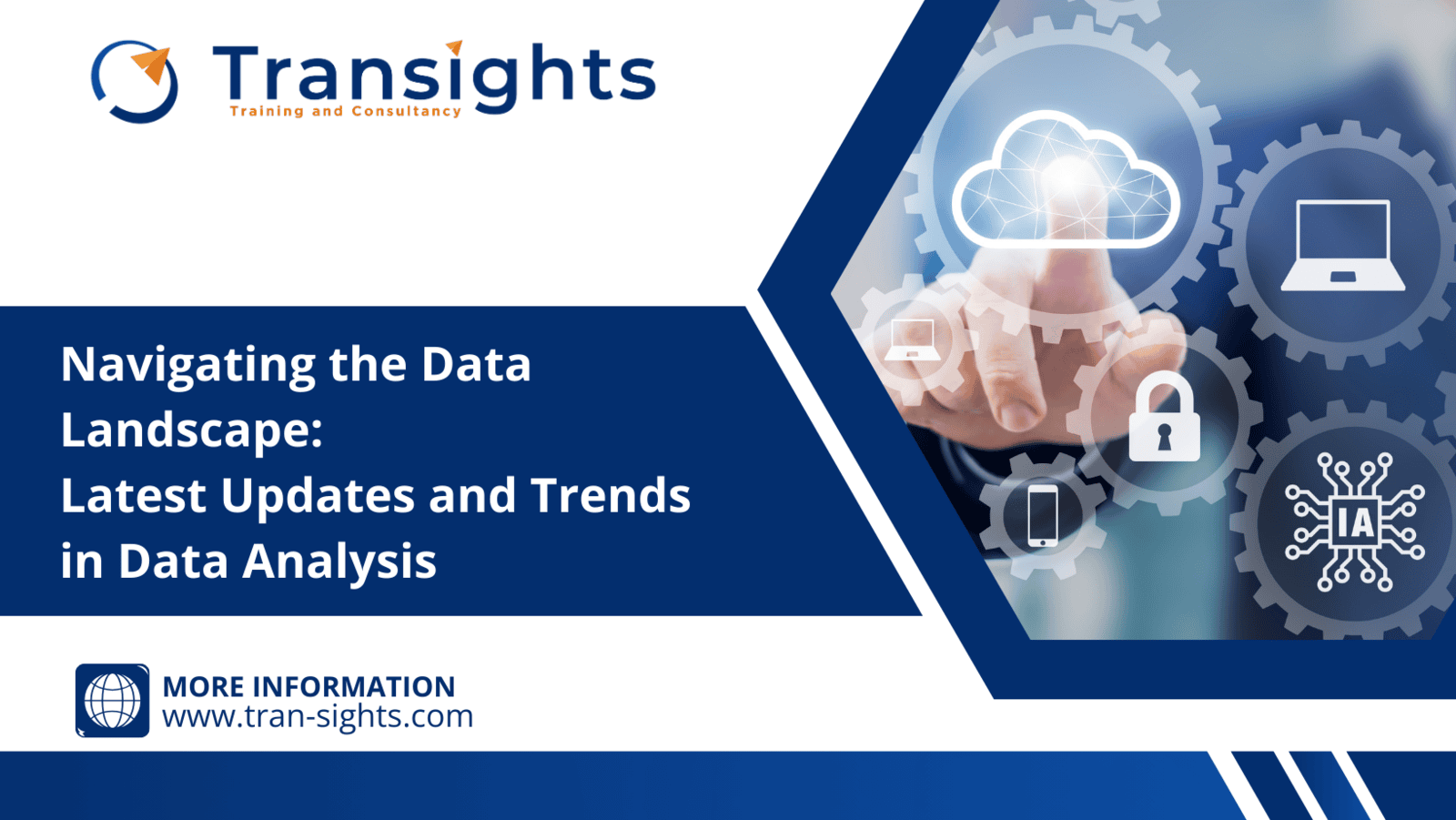
In the fast-paced realm of data analysis, staying abreast of the latest updates and trends is crucial for organizations aiming to harness the full potential of their data. As technology continues to evolve and data volumes soar, new methodologies, tools, and approaches are shaping the landscape of data analysis. Let's delve into some of the latest updates and trends driving the field of data analysis forward.
1. Embrace of Artificial Intelligence and Machine Learning:
Artificial Intelligence (AI) and Machine Learning (ML) have become integral components of data analysis, enabling organizations to extract insights and predictions from vast datasets. ML algorithms empower data analysts to uncover patterns, trends, and correlations that may not be apparent through traditional analysis methods. Furthermore, AI-powered analytics platforms offer advanced capabilities such as predictive analytics, natural language processing, and anomaly detection, revolutionizing how businesses derive value from their data.
2. Rise of Augmented Analytics:
Augmented analytics is emerging as a game-changer in the realm of data analysis, blending automation, machine learning, and natural language processing to enhance human decision-making. By automating repetitive tasks such as data preparation, visualization, and insights generation, augmented analytics platforms empower data analysts to focus on higher-value activities such as interpretation and strategic decision-making. This trend signifies a shift towards democratizing data analysis, making it more accessible to users across the organization.
3. Adoption of Cloud-Based Analytics:
The adoption of cloud-based analytics solutions continues to gain momentum, offering scalability, flexibility, and cost-efficiency for organizations seeking to analyze large volumes of data. Cloud platforms provide access to powerful computing resources, storage capabilities, and a suite of analytics tools, enabling organizations to leverage the benefits of data analysis without the need for significant upfront investments in infrastructure. Additionally, cloud-based analytics solutions facilitate collaboration, data sharing, and real-time insights delivery, driving agility and innovation in data-driven decision-making.
4. Focus on Data Governance and Privacy:
With growing concerns around data privacy, security, and compliance, organizations are placing greater emphasis on data governance practices to ensure the ethical and responsible use of data. Data governance frameworks encompass policies, procedures, and controls for managing data quality, integrity, and security throughout its lifecycle. Furthermore, with the advent of regulations such as the General Data Protection Regulation (GDPR) and the California Consumer Privacy Act (CCPA), organizations must prioritize data protection and privacy compliance in their data analysis initiatives.
5. Integration of Data Science and Business Intelligence:
The convergence of data science and business intelligence is blurring the lines between descriptive, diagnostic, predictive, and prescriptive analytics, enabling organizations to derive actionable insights at every stage of the analytics lifecycle. By combining statistical modeling, machine learning algorithms, and visualization techniques with traditional BI tools, organizations can uncover deeper insights, optimize processes, and drive innovation. This integration empowers users across the organization, from data scientists to business users, to collaborate effectively and derive value from data-driven insights.
6. Advancements in Natural Language Processing (NLP) and Conversational Analytics:
Natural Language Processing (NLP) and conversational analytics are transforming how organizations interact with data, enabling users to query, analyze, and visualize data using natural language commands and conversational interfaces. With advancements in NLP algorithms and the proliferation of virtual assistants and chatbots, users can access insights and make data-driven decisions more intuitively and efficiently. This trend reflects a shift towards democratizing data access and fostering a culture of data-driven decision-making across the organization.
Conclusion:

